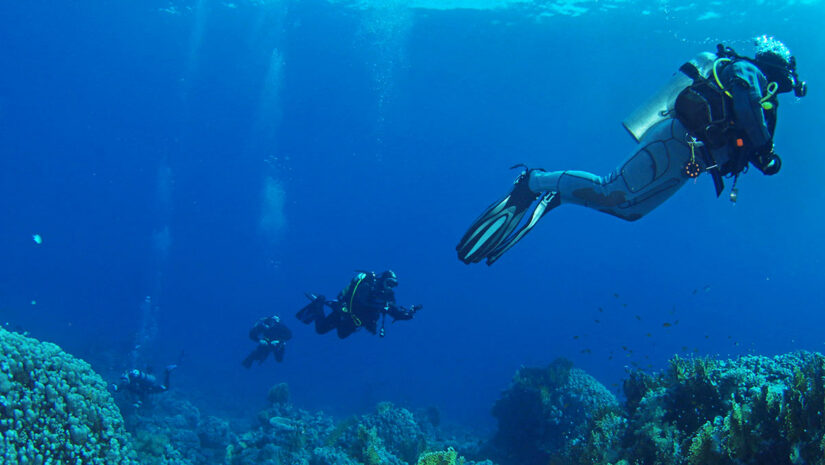
5 safety checks before using your mini scuba dive tank
Before using your mini scuba dive tank, perform these 5 safety checks: 1) Inspect the tank for dents or rust, as even minor damage can compromise integrity. 2) Verify the pressure gauge reads 200-3...
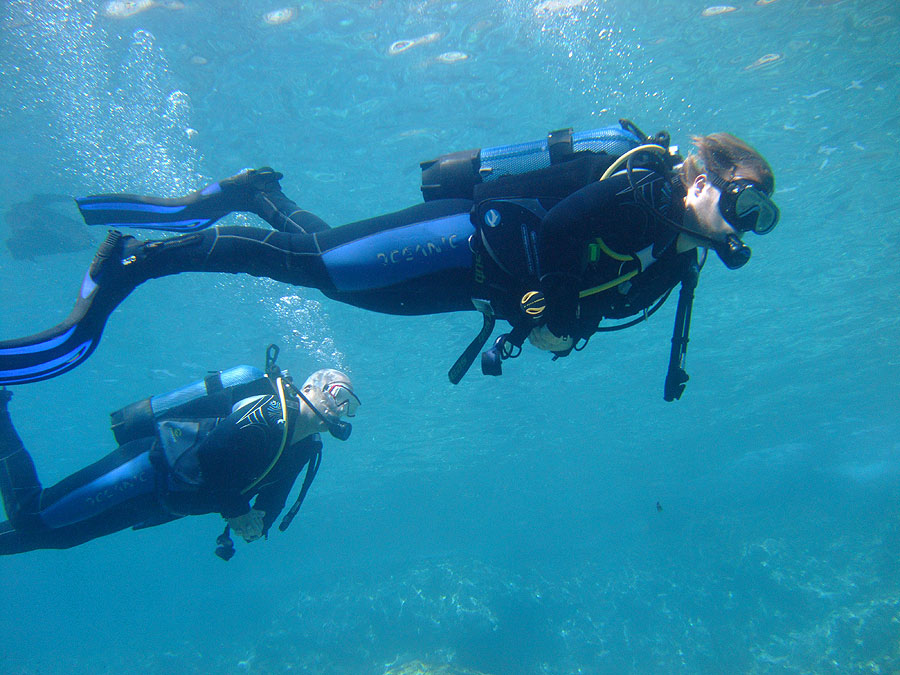
How does an underwater scooter enhance your dive 5 benefits
An underwater scooter enhances your dive by extending dive time up to 30% with less effort, allowing you to cover 3x more distance effortlessly. It improves buoyancy control, reduces air consumptio...
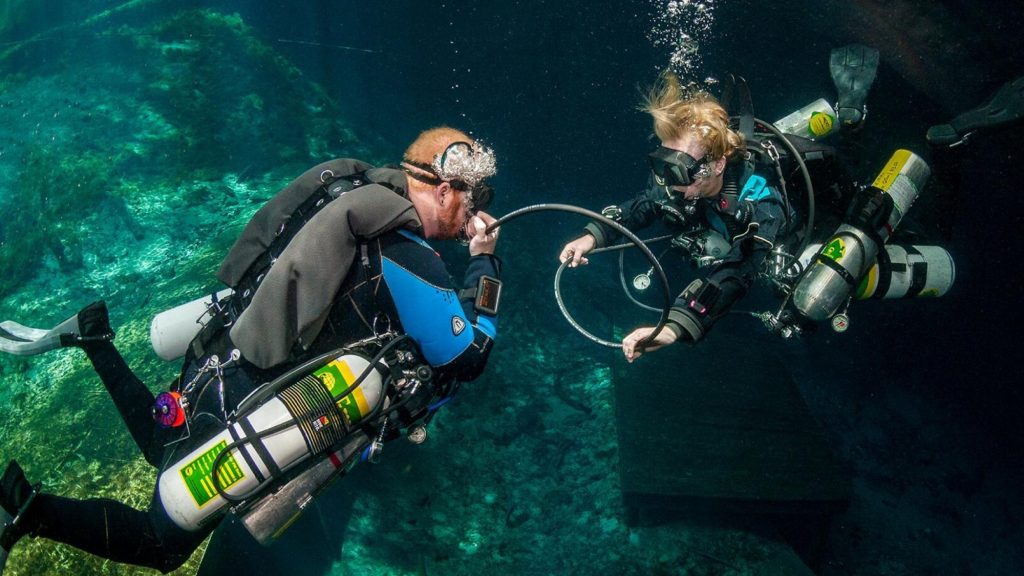
5 common mistakes when using a mini scuba tank for the first time
Here are 5 common mistakes first-time users make with mini scuba tanks: Overestimating air supply (a 1L tank lasts only 5-10 minutes at 10m depth), skipping pre-dive equipment checks (80% of leaks ...
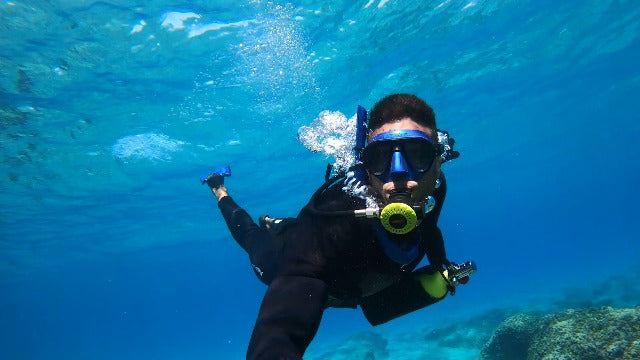
Can you use a mini scuba tank for snorkeling 5 considerations
Yes, you can use a mini scuba tank (like a 1-3 liter pony bottle) for snorkeling, but consider: 1) Limited air supply (5-15 minutes at 10m depth); 2) Weight and buoyancy challenges; 3) Requires bas...
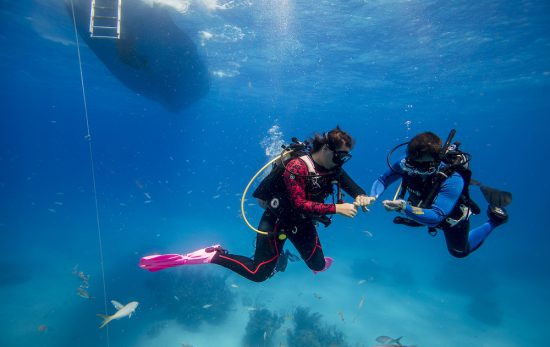
What are common mini tank failures 6 troubleshooting solutions
Common mini tank failures include clogged filters (30% of cases), low battery voltage (below 11.5V), leaking seals, motor burnout, sensor malfunctions, and controller errors. Six troubleshooting so...
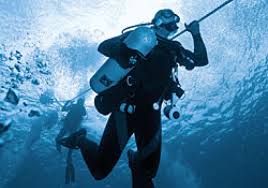
How to store mini scuba tanks long-term 5 preservation techniques
To store mini scuba tanks long-term, keep them at 50-80% full (200-500 PSI) to prevent internal moisture buildup, store upright in a cool, dry place below 80°F (27°C), inspect valves every 3 months...